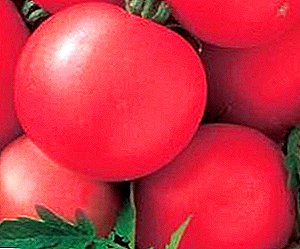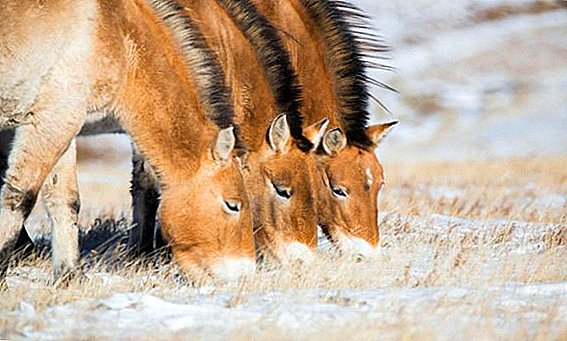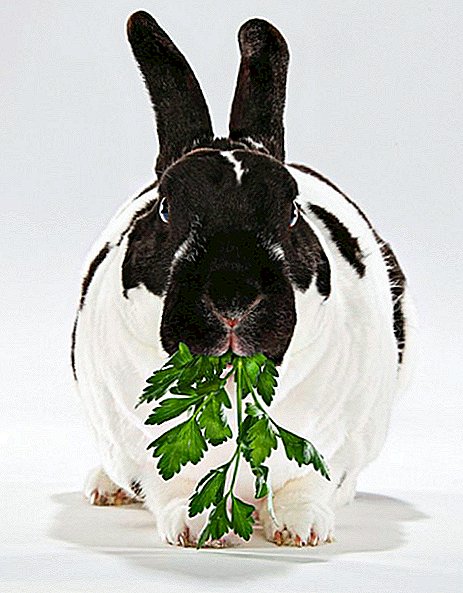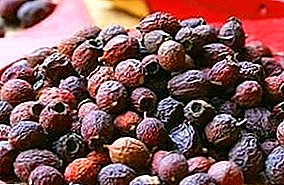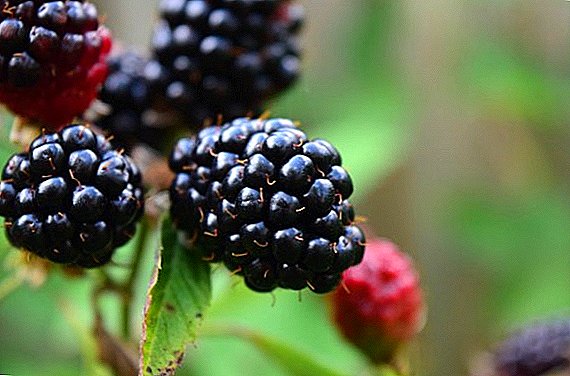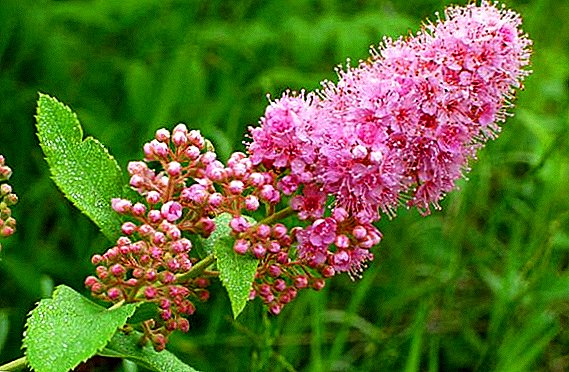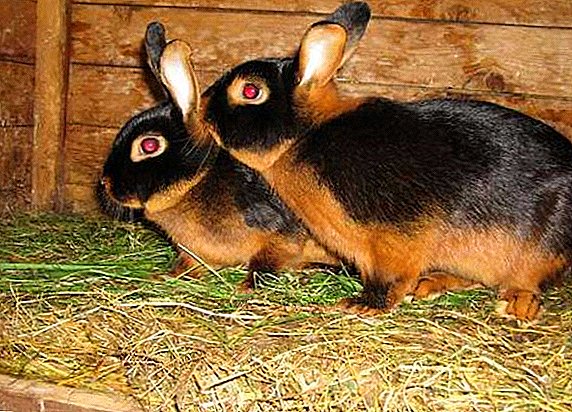 Black-brown rabbits are valued not only for delicate dietary meat, but also for the luxurious thick fur of black-brown color. The color is so original and saturated that the skins do not require additional painting or toning. Moreover, with an adult rabbit, you can get a relatively large size skin.
Black-brown rabbits are valued not only for delicate dietary meat, but also for the luxurious thick fur of black-brown color. The color is so original and saturated that the skins do not require additional painting or toning. Moreover, with an adult rabbit, you can get a relatively large size skin.
Breeding history, breed breeding
Black-brown rabbits appeared for the first time at the Biryulinsky animal farm in Tatarstan. Breeding a new breed began in 1942 under the leadership of Professor F. V. Nikitin. For breeding, the Vienna Blue, Flandre, White Giant breeds were used. It was possible to get a new breed only after six years of searching. She retained such properties as the ability to quickly adapt to domestic climatic conditions, the specifics of the local food, milk production, early ripeness, high meat qualities.
Did you know? In early 2000, there was little left of purebred livestock. Until now, by quantity, it is quite modest.Breeders managed to achieve one of their goals - to achieve a black-brown color of the skin with a high density of wool, which will not have to be further dyed when used. At that time, black fox fur was very popular. Rabbit of the same color has become an inexpensive alternative to him.
Description of the external characteristics of the breed of black-brown rabbit
The standard of the rabbit was laid by his breeders. According to their description, black-brown rabbits should have a weight of 5-7 kg for males and up to 5 kg for females. The body has a length of 60-70 cm, chest circumference - 34-39 cm, girth of the shoulder blades - 37 cm, ears - up to 18 cm. On a strong and taut torso there is a rather large head. Rabbits are notable for their curiosity, activity, and cheerful nature, but they are not very happy to contact people. 
Did you know? The human body absorbs up to 90% of the protein found in rabbit meat. For comparison: when eating beef, this figure is only 62%.Wool color is uneven. The covering hair is black, but brightens closer to the skin, and the undercoat is bluish with a silvery sheen. At the same time, in terms of density, the breed is considered one of the best. Around one hairline grows up to 50 fur. On each side, the guard hairs have a slightly yellowish color, but also with a brown tinge.
How to choose a rabbit when buying
Since the breed is not widespread, it is difficult to find purebred specimens. The markets usually offer similar representatives that are far from the standards. Therefore, for breeding black-brown rabbits, you need to buy animals in specialized farms.
Important! Rabbits of this breed are born completely black. They get their famous color by 3-4 months, but only after the second molt. Until this time, they also look angular. Therefore, it is difficult to estimate how pure the proposed animal is at this age.In addition, the rabbit must be completely healthy, it must have a well-developed skeleton, no vislozadost, humpback, clubfoot, saggy belly, small body length and narrow chest. The veil of fur should be thick, uniform; when blowing fur, the area of the funnel should be no more than 3 mm.2. The quality of wool can be assessed only in daylight. It should not be gray hair: no individual hairs or bundles. The weight of an eight-month rabbit must be at least 3 kg, and an adult - 4 kg.
Tips for keeping black and brown rabbits
 The domestic rabbit of this breed is valued for its unpretentiousness and increased vitality. But all the same, when breeding it is necessary to focus on maternal quality and productivity. Litter is about 7-8 rabbits. Females do not suffer from mastitis, feed babies well, which mature very quickly. If they are born with a weight of 80 g, then at the age of three months they already have about 2.7 kg. The only thing is that the content of rabbits of this breed is rather unprofitable, comparable to the content of the White Giant and Soviet chinchilla breeds. They require high-quality feed, which has a high cost. But the rabbit tolerates frosts due to its thick undercoat and high adaptation capabilities. Even in extreme cold it can be periodically maintained outside - black-brown rabbits feel great in the winter.
The domestic rabbit of this breed is valued for its unpretentiousness and increased vitality. But all the same, when breeding it is necessary to focus on maternal quality and productivity. Litter is about 7-8 rabbits. Females do not suffer from mastitis, feed babies well, which mature very quickly. If they are born with a weight of 80 g, then at the age of three months they already have about 2.7 kg. The only thing is that the content of rabbits of this breed is rather unprofitable, comparable to the content of the White Giant and Soviet chinchilla breeds. They require high-quality feed, which has a high cost. But the rabbit tolerates frosts due to its thick undercoat and high adaptation capabilities. Even in extreme cold it can be periodically maintained outside - black-brown rabbits feel great in the winter.
For the content they need to install the cells a little more than usual, since the rabbit itself is relatively large, and in a standard cage it will be uncomfortable. Inside there are several shelves that allow animals to rest on them. Animals of this breed are extremely clean, so the cells should be cleaned regularly, at least 3 times a week. In addition, cleanliness is an excellent prophylactic agent for many diseases.
Breeding conditions for rabbits require that they always have fresh food in the feeders and water in the troughs.
What is the diet needed black-brown rabbit
 For the normal development of the animal he needs a full-fledged diet with a sufficient content of minerals, vitamins, carbohydrates, proteins. They feed animals at least three times a day. In winter, they are fed with coarse and succulent feed. It is also necessary to feed them with hay, boiled potatoes, carrots, turnips, cabbage. Periodically, it is advisable to toss up thin branches of young trees and sometimes to pamper animals with steamed cereals, pieces of bread, dry leaves of mountain ash and nettle. This will help replenish their diet with vitamins and microelements, which will positively affect the weight gain of rabbits. As a top dressing, be sure to use meat and bone meal or fish meal. These additional sources of phosphorus and calcium will help him develop a strong skeleton.
For the normal development of the animal he needs a full-fledged diet with a sufficient content of minerals, vitamins, carbohydrates, proteins. They feed animals at least three times a day. In winter, they are fed with coarse and succulent feed. It is also necessary to feed them with hay, boiled potatoes, carrots, turnips, cabbage. Periodically, it is advisable to toss up thin branches of young trees and sometimes to pamper animals with steamed cereals, pieces of bread, dry leaves of mountain ash and nettle. This will help replenish their diet with vitamins and microelements, which will positively affect the weight gain of rabbits. As a top dressing, be sure to use meat and bone meal or fish meal. These additional sources of phosphorus and calcium will help him develop a strong skeleton.
Important! When the little rabbit is a month old, or even earlier, they begin to jump out of the nest themselves, to find food and eat it. Take care that during this period the cage does not have too rough feed, since in small animals the stomach is still too weak to digest.Another question than to feed the rabbits in the summer. During this period, the diet can be enriched with sunflower leaves, radish, carrot tops, kale, freshly cut grass. As for the branches of trees, the rabbits prefer the young shoots of acacia, aspen, linden, pine. Also, animals are very fond of yarrow, dill, chicory. But even with such a variety of food in the diet of rabbits, it is necessary to introduce special vitamin complexes.
The black-brown rabbit is a domestic breed with high adaptive capacity, high fecundity, high yield of meat (57%) and an incredibly beautiful skin, which does not require additional staining when used in light industry. Caring for a rabbit is not much different from the usual rabbit breeders. The only difficulty is to find purebred specimens for breeding, as today the breed is on the verge of extinction.


